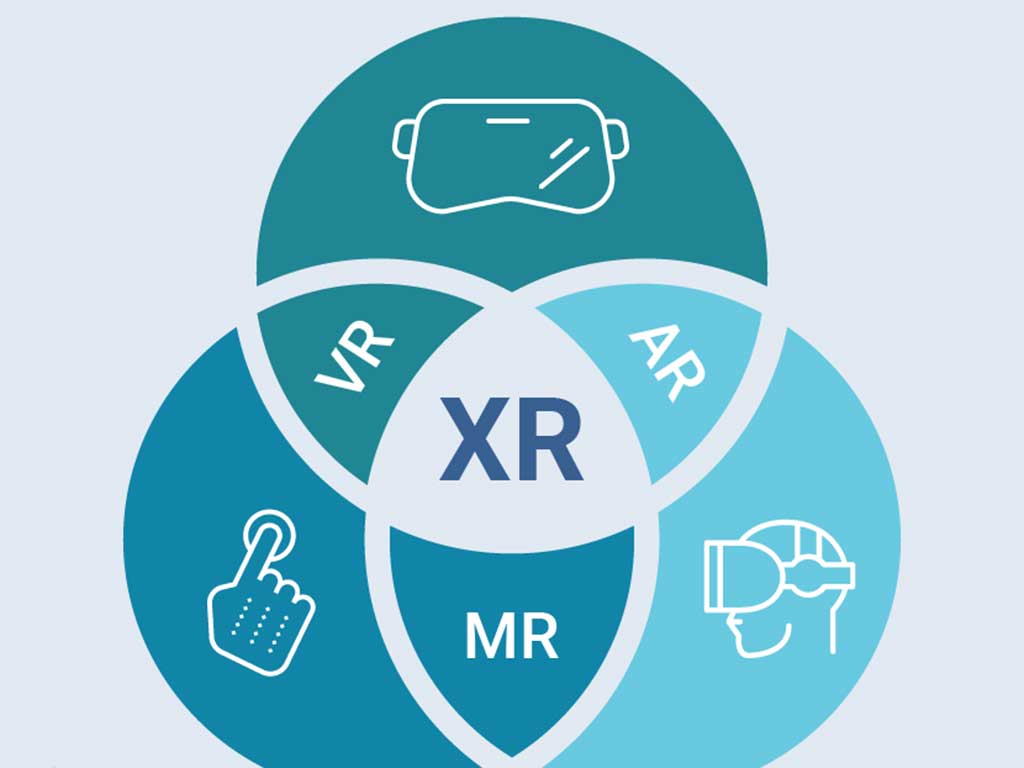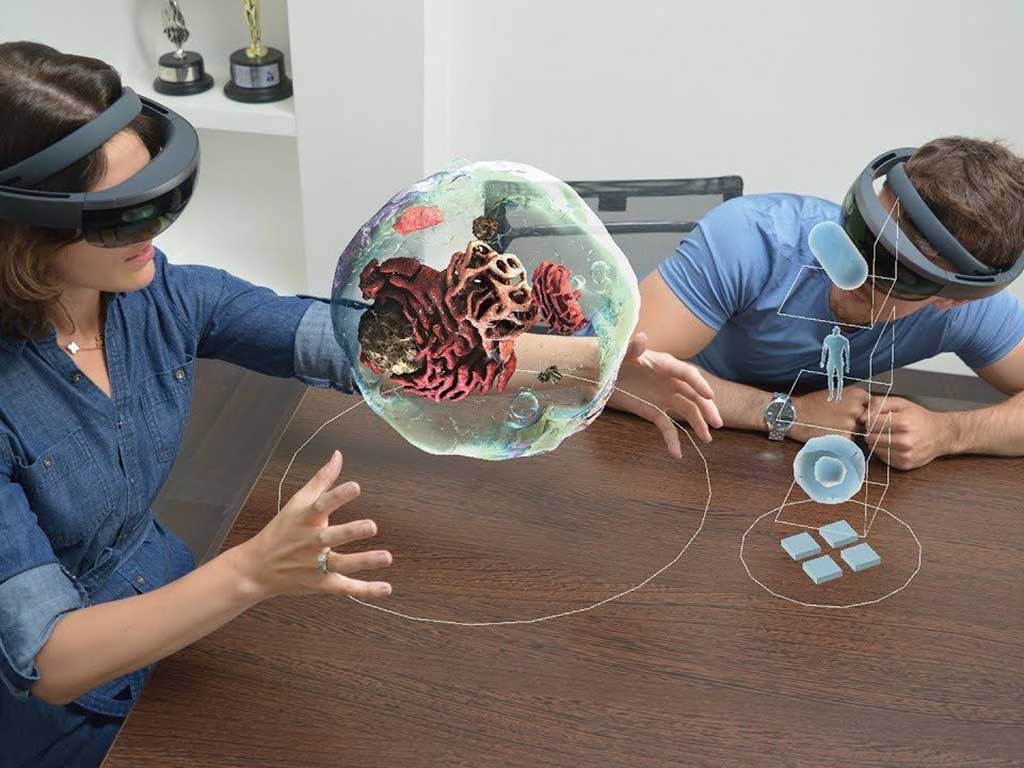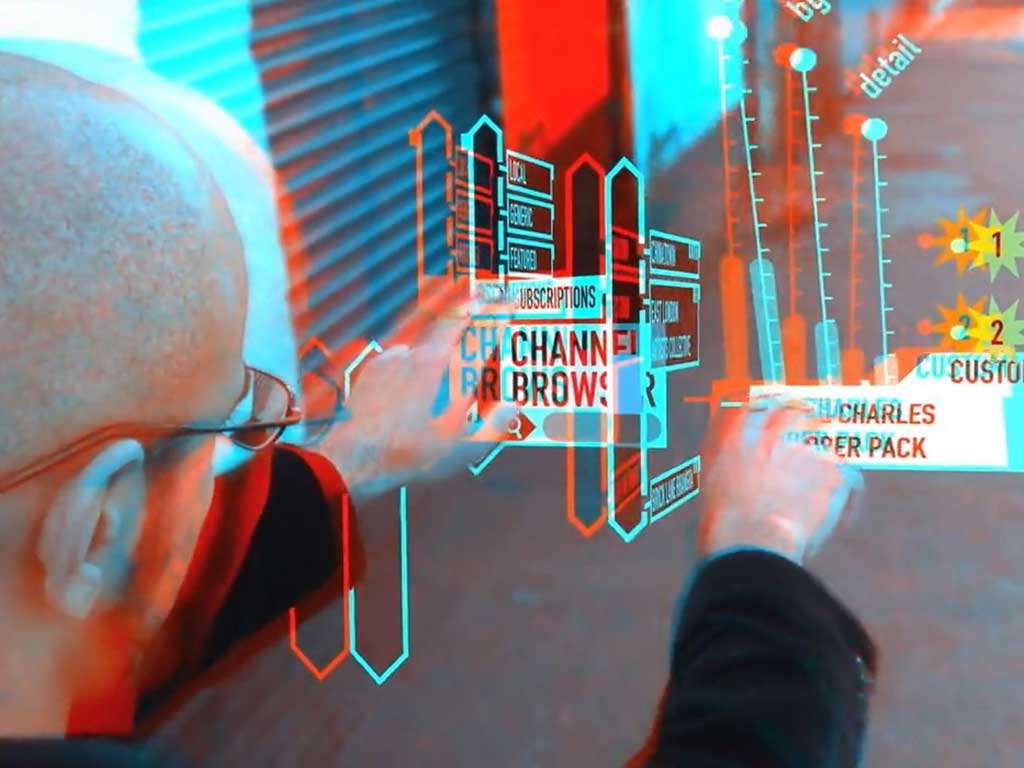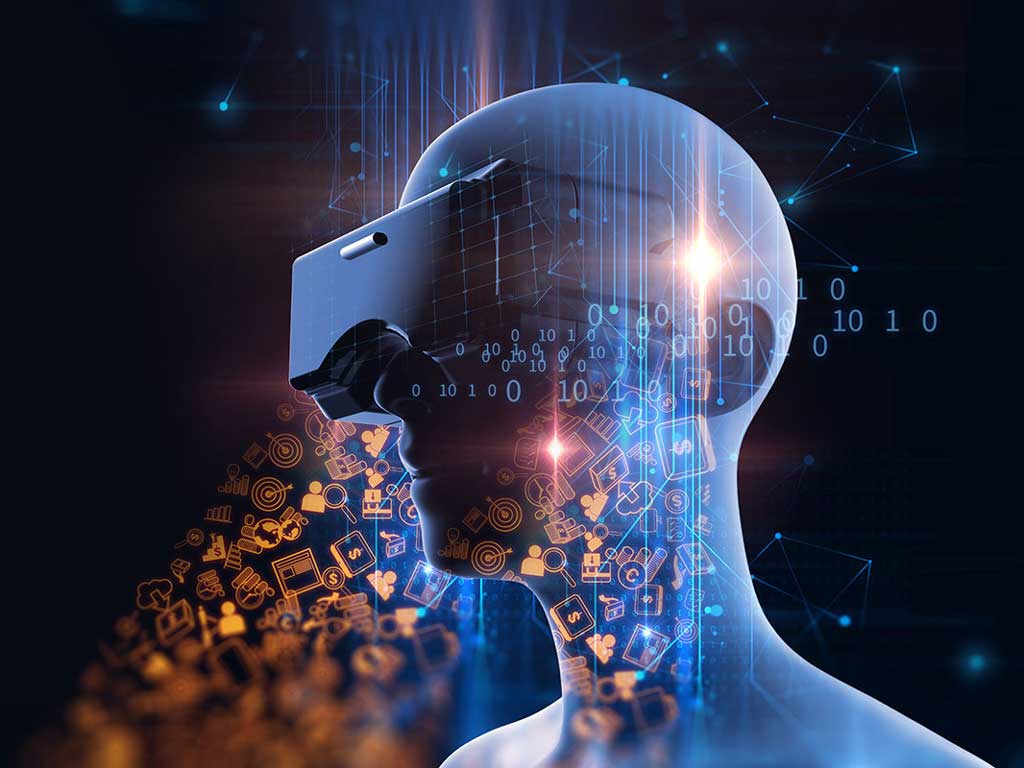vr
ar
mr
xr
touch
haptics
vr/ar
from the blog
All items
News
Innovating the Virtual Experience: The Next Wave of VR Technology
As we delve deeper into the realm of virtual reality (VR), we find ourselves at the cusp of a new era marked by unprecedented innovation and technological advancement. The next wave of VR technology promises to revolutionize the way we interact with digital content, blurring the lines between the virtual and the real in ways never before imagined. At the forefront of this innovation is a relentless pursuit of realism and immersion. Developers are leveraging cutting-edge hardware and software to create VR experiences that are more lifelike and immersive than ever before. From high-resolution displays and advanced tracking systems to haptic feedback and spatial audio, the latest VR technology aims to transport users to virtual worlds that look, sound, and feel indistinguishable from reality. One of the most exciting developments in VR technology is the advent of wireless and standalone headsets. These devices free users from the constraints of cables and external sensors, allowing for greater freedom of movement and more immersive experiences. With standalone headsets becoming increasingly powerful and affordable, VR is poised to become more accessible to a broader audience, opening up new possibilities for entertainment, education, and enterprise applications. Moreover, advancements in augmented reality (AR) and mixed reality (MR) are further expanding the scope of VR technology. AR overlays digital content onto the real world, enhancing our perception of reality and blending virtual elements seamlessly into our surroundings. MR takes this a step further by allowing virtual objects to interact with the physical environment, creating truly immersive experiences that combine the best of both worlds. In addition to hardware advancements, software innovation is driving the evolution of VR technology. AI-powered algorithms are being used to create more realistic avatars and NPCs, enhancing social interactions and storytelling in virtual worlds. Machine learning techniques are also being employed to personalize experiences and adapt content in real-time based on user behavior and preferences. Furthermore, the integration of VR with other emerging technologies such as blockchain, 5G, and the Internet of Things (IoT) is unlocking new possibilities for innovation. Blockchain technology enables secure transactions and ownership rights within virtual worlds, while 5G networks provide low-latency connectivity for seamless multiplayer experiences. IoT devices can be integrated into VR environments to create interactive smart spaces that respond to user input and environmental cues. As we look to the future, the potential of VR technology to transform industries and reshape human interaction is virtually limitless. From immersive gaming experiences and virtual tourism to remote collaboration and virtual training, VR is poised to revolutionize how we work, play, and connect with the world around us. As innovators continue to push the boundaries of what's possible, we can only imagine the incredible experiences that lie ahead in the ever-expanding virtual frontier.
Read More...
Virtual Horizons: Navigating the Frontier of VR Innovation
In the vast landscape of technology, virtual reality (VR) stands as a beacon of innovation, continuously pushing the boundaries of what's possible in immersive experiences. As we embark on this journey into the virtual frontier, we find ourselves navigating through a landscape ripe with opportunities and challenges, each presenting new horizons to explore. At the heart of VR innovation lies the quest to create experiences that transport users to new worlds and realities. From stunning visual landscapes to interactive simulations, VR technology offers a gateway to realms limited only by imagination. Whether it's exploring distant planets, diving into the depths of the ocean, or experiencing historical events firsthand, VR opens doors to experiences that were once beyond reach. One of the key drivers of VR innovation is the relentless pursuit of realism and immersion. Developers are constantly refining their techniques to create more lifelike environments, complete with realistic physics, dynamic lighting, and spatial audio. These advancements in realism not only enhance the sense of presence for users but also blur the lines between the virtual and the real, creating experiences that feel truly immersive and transformative. Moreover, VR innovation is not confined to the realm of entertainment and gaming. Industries ranging from healthcare and education to architecture and engineering are embracing VR technology as a powerful tool for training, simulation, and visualization. In healthcare, VR is revolutionizing medical training and therapy, allowing practitioners to hone their skills in realistic virtual environments and providing patients with immersive experiences for pain management and rehabilitation. In education, VR is reshaping the way students learn and interact with course material, offering immersive simulations and virtual field trips that bring subjects to life in unprecedented ways. From exploring ancient civilizations to conducting virtual science experiments, VR provides a dynamic learning environment that engages students and enhances their understanding of complex concepts. Furthermore, VR innovation is driving advancements in design and collaboration, enabling architects, engineers, and designers to visualize and interact with their creations in 3D space. VR tools and platforms facilitate real-time collaboration and decision-making, allowing teams to iterate on designs, identify potential issues, and explore different solutions in immersive virtual environments. As we navigate the frontier of VR innovation, we are met with endless possibilities and opportunities for exploration. With each new breakthrough in technology and creativity, we inch closer to realizing the full potential of virtual reality as a transformative medium that enriches our lives, expands our horizons, and shapes the future of human experience.
Read More...
Immersive Evolution: Advancing VR Innovation for Tomorrow
As technology continues its rapid evolution, virtual reality (VR) stands at the forefront of innovation, driving forward the boundaries of immersive experiences and reshaping the way we interact with digital content. Looking ahead, the future of VR innovation holds tremendous promise, poised to revolutionize various industries and redefine our perception of reality. At the core of VR's evolution is the relentless pursuit of advancements in hardware and software technologies. From more powerful processors and high-resolution displays to lightweight, comfortable headsets, manufacturers are continuously pushing the limits to deliver more immersive and compelling VR experiences. These advancements not only enhance the visual fidelity and realism of VR content but also improve user comfort and accessibility, making VR more appealing to a broader audience. Moreover, the evolution of VR innovation extends beyond hardware upgrades to encompass breakthroughs in software development and content creation. Developers are leveraging cutting-edge tools and technologies to create more immersive, interactive, and emotionally engaging VR experiences. From realistic simulations and virtual environments to interactive storytelling and social experiences, the possibilities for VR content are virtually limitless. In addition to entertainment and gaming, VR innovation is making significant strides in industries such as healthcare, education, architecture, and training. In healthcare, VR is revolutionizing patient care by providing immersive simulations for medical training, surgical planning, and therapy. Medical professionals can practice complex procedures in virtual environments, while patients can undergo virtual rehabilitation sessions for pain management and recovery. In education, VR is transforming traditional teaching methods by offering immersive learning experiences that engage students in new and exciting ways. From virtual field trips to interactive science experiments, VR enables educators to bring subjects to life and make learning more interactive and engaging. Students can explore historical events, scientific concepts, and cultural landmarks in immersive 3D environments, enhancing their understanding and retention of knowledge. Furthermore, VR innovation is driving advancements in architecture and design, allowing professionals to visualize and experience architectural projects in virtual reality before they are built. From immersive walkthroughs of buildings and interiors to interactive design reviews, VR enables architects and designers to collaborate more effectively and make informed decisions throughout the design process. As we look to the future, the continued evolution of VR innovation holds the potential to revolutionize the way we work, learn, communicate, and entertain ourselves. With ongoing advancements in hardware, software, and content creation, VR is poised to become an integral part of our daily lives, offering transformative experiences that blur the lines between the physical and digital worlds. As we embrace this immersive evolution, we embark on a journey into a future where the possibilities of VR innovation are limitless
Read More...
Beyond Reality: Unveiling the Future of VR Technology
In the ever-evolving landscape of technology, virtual reality (VR) continues to push the boundaries of what's possible, offering immersive experiences that transport users to new realms and redefine our perception of reality. As we look ahead, the future of VR technology promises to revolutionize industries, enhance human experiences, and unlock unprecedented opportunities for innovation. At the heart of the future of VR lies a convergence of advancements in hardware, software, and content creation, ushering in a new era of immersive computing. One of the most anticipated developments is the refinement of VR headsets to offer higher resolutions, wider field-of-view, and improved comfort for extended wear. Manufacturers are investing in lightweight, ergonomic designs and innovative display technologies to make VR more accessible and compelling for users of all ages and backgrounds. But the future of VR goes beyond mere hardware upgrades. It encompasses a wide range of applications across industries, from healthcare and education to entertainment and beyond. In healthcare, VR is revolutionizing patient care by providing immersive simulations for medical training, pain management, and therapy. Surgeons can practice complex procedures in virtual environments, while patients can undergo virtual rehabilitation sessions from the comfort of their homes. In education, VR offers limitless possibilities for experiential learning, allowing students to explore historical events, scientific concepts, and cultural landmarks in immersive 3D environments. From virtual field trips to interactive anatomy lessons, VR transforms traditional classrooms into dynamic learning spaces where students can engage with content in unprecedented ways. Entertainment is another area where the future of VR holds immense promise. As technology continues to advance, VR experiences are becoming more interactive, social, and emotionally engaging. From immersive storytelling in virtual worlds to multiplayer gaming experiences that defy reality, VR is reshaping the way we consume media and interact with digital content. Moreover, the future of VR extends beyond traditional applications to encompass emerging fields such as augmented reality (AR) and mixed reality (MR). These technologies blend virtual and physical elements to create hybrid experiences that seamlessly integrate digital content with the real world. From AR glasses that overlay digital information onto our surroundings to MR headsets that blend virtual objects with our physical environment, the possibilities are limitless. As we stand on the brink of a new era in VR technology, one thing is clear: the future holds immense promise for immersive computing. Whether it's revolutionizing industries, transforming education, or redefining entertainment, VR has the potential to shape the way we live, work, and play in the years to come. As we continue to unveil the possibilities of VR technology, we embark on a journey into a future where the boundaries between reality and virtuality blur, opening up new horizons for human exploration and creativity.
Read More...
Breaking Boundaries: Exploring the Latest VR Innovations
In a world where technology constantly pushes the boundaries of what's possible, virtual reality (VR) stands out as a leading force, reshaping industries and transforming how we perceive the world. Immersing ourselves in the latest VR innovations, we embark on a journey into uncharted territories where the lines between virtual and reality blur with unprecedented clarity. At the forefront of VR innovation lies a spectrum of cutting-edge achievements, from sleek, lightweight headsets to immersive environments that transport users to distant worlds. These innovations are not just gadgets; they are gateways to new dimensions of research, education, entertainment, and beyond. One of the most exciting advancements in VR technology is the emergence of standalone headsets, offering users unparalleled freedom of movement without the need for cumbersome wires or external sensors. With devices like the Oculus Quest and HTC Vive Focus, users can dive into virtual worlds with unprecedented ease, whether exploring ancient ruins, traversing distant galaxies, or collaborating with colleagues in virtual offices. But VR innovations extend far beyond hardware. Developers and content creators are pushing the boundaries of storytelling, gaming, and experiential design, crafting immersive narratives that captivate the senses and ignite the imagination. From interactive adventures to educational simulations, VR content spans a vast spectrum of genres and experiences, catering to diverse interests and audiences. Moreover, VR technology is revolutionizing industries from healthcare and education to architecture and entertainment. In healthcare, virtual simulations are used for surgical training, patient therapy, and pain management, offering realistic scenarios that enhance learning efficiency and outcomes for patients. In education, VR enables students to explore historical events, scientific concepts, and cultural landmarks firsthand, transcending the limitations of traditional textbooks and lectures. In architecture and design, VR allows professionals to visualize and interact with digital models in three dimensions, facilitating collaboration, feedback, and iteration throughout the creative process. And in the realm of entertainment, VR experiences offer opportunities for immersive storytelling that defy conventional boundaries, placing viewers at the center of the action in ways previously unimaginable. As we continue to explore the latest innovations in VR, we stand on the threshold of a new era of human-computer interaction, where the boundaries between physical and virtual reality converge in unprecedented ways, opening up new possibilities for exploration, discovery, and creativity.
Read More...
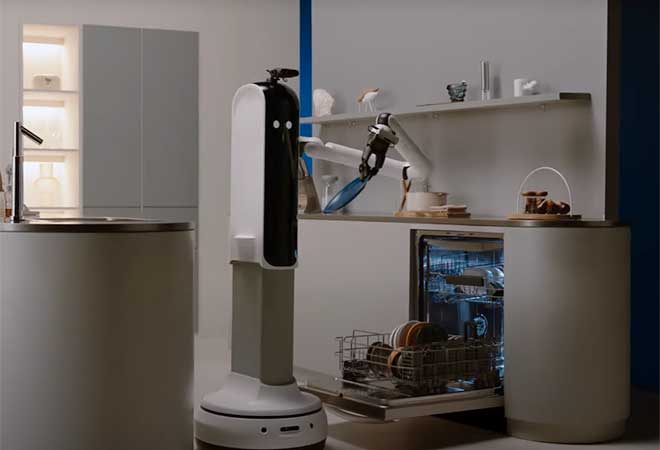
Robots for fine cleaning. Service robots
Cleaning the dishwasher, doing the laundry, cleaning the baby's room: robots can make everyday life much easier. Companies that make household robots have big plans - and not just them. Service robots that take care of unpleasant and tedious household chores are a tempting idea for most people. Unlike their counterparts used in industry or for commercial purposes, household robots for the consumer market have the following requirements:
Read More...
